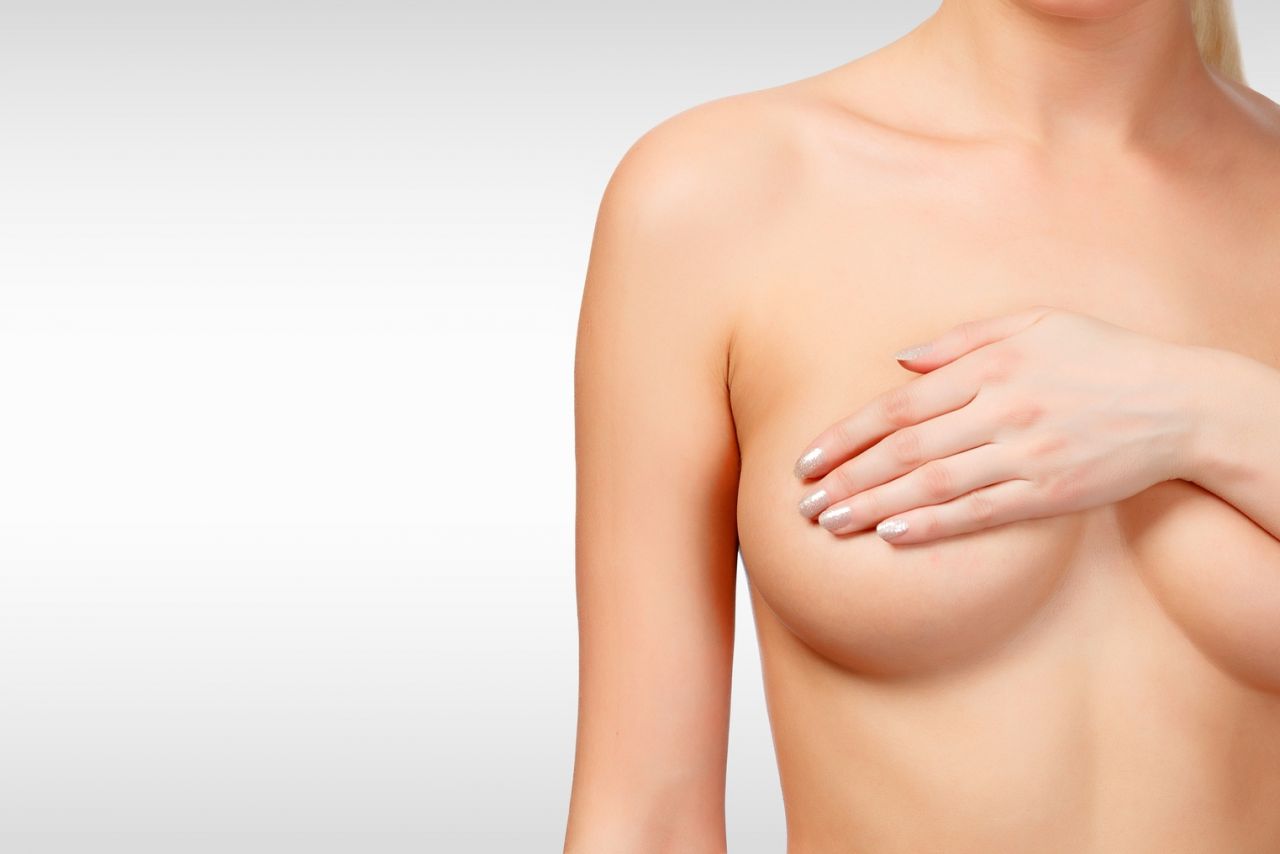Breast uplift or mastopexy is an operation to remove excess skin from your breasts to improve the shape of sagging breasts without changing volume, giving a firmer, more youthful-looking bust line.



Breast Uplift (Mastopexy)
Frequenty Asked Questions
Is breast uplift suitable for me?
It is common for breasts to droop after pregnancy and breastfeeding, or after losing weight. You are most likely to benefit from a breast uplift if you are self-conscious about the shape of your breasts.
Mr Sawyer will carry out a detailed assessment before deciding if surgery is suitable for you. This will include taking photos for your medical records. He will examine your breasts and ask you questions about your medical history.
Let Mr Sawyer know if you are pregnant or planning to become pregnant in the future. Pregnancy can change the size and shape of your breasts and may affect the long-term results of surgery.
Do I need a breast uplift?
Mild droopiness can be improved by breast augmentation surgery. If your breasts are droopy but the right size for you, you can have a breast-uplift operation without an implant. This surgery is called a mastopexy.
What are the benefits of surgery?
Your breasts should have a better shape.
Most women who have a successful breast uplift are more comfortable with their appearance, are able to wear more revealing clothing and their personal and sexual relationships improve.
What sort of bra should I use after surgery?
Patients are advised to put themselves into a support or sports bra’ as soon as possible following surgery. A bra that gives firm all round support should be worn as much as possible day and night for six weeks following surgery. After this period normal bra’s including underwired varieties can be worn.
It is probably sensible however, to wait for a total of three months before assessing the new bra’ size and getting a new wardrobe.
If undertaking vigorous sporting activities a sports bra is advised.
We can give you advice on which bras are recommended.
How is it best to sleep?
Initially many patients find it too uncomfortable to sleep on their side or on their front, preferring to sleep on their back. This discomfort will settle after two to three weeks. Patients who sleep on their front may experience difficulty as a result of the presence of their new breasts though lying on them after two or three weeks will not cause any problem.
Can I drive after breast uplift?
For the first week following surgery patients are advised not to drive as not only will the safety belt potentially put undue pressure on the breasts but also because patients will not be able to react properly in the event of an emergency stop. Do not drive until you are confident about controlling your vehicle and comfortable wearing a seat belt. Always check your insurance policy and with your doctor.
When can I go back to work?
Most patients refrain from work for 1-2 weeks, however in those with physical jobs or whom recovery is delayed an additional 1-2 weeks may be required.
Advice regarding this will be given at the initial consultation.
Can I still have breast cancer screening and mammograms?
You need to be aware that 1 in 10 women do develop breast cancer and if you find a discrete lump you should consult with your GP. If you find a lump or you are at an age to enter a breast-screening programme you may be offered a mammogram. You need to tell the mammography service that you have had a breast reduction although it will not change your management.
Prices from
From £9300
Mr Sawyer was such a pleasant man, friendly and reassuring. On my appointments I had before the operation he was so informative and explained every step about what to expect before the operation, during it and after it was over, I was left with no worries at all. When I went in for the operation I could not have asked for better attention.

Contact us to schedule in your appointment
Ask Us A Question
Hi! Click here to start a chat with Becky & Claire on WhatsApp.
It's out of office hours, we'll try and respond as soon as we can.
Ask us a question